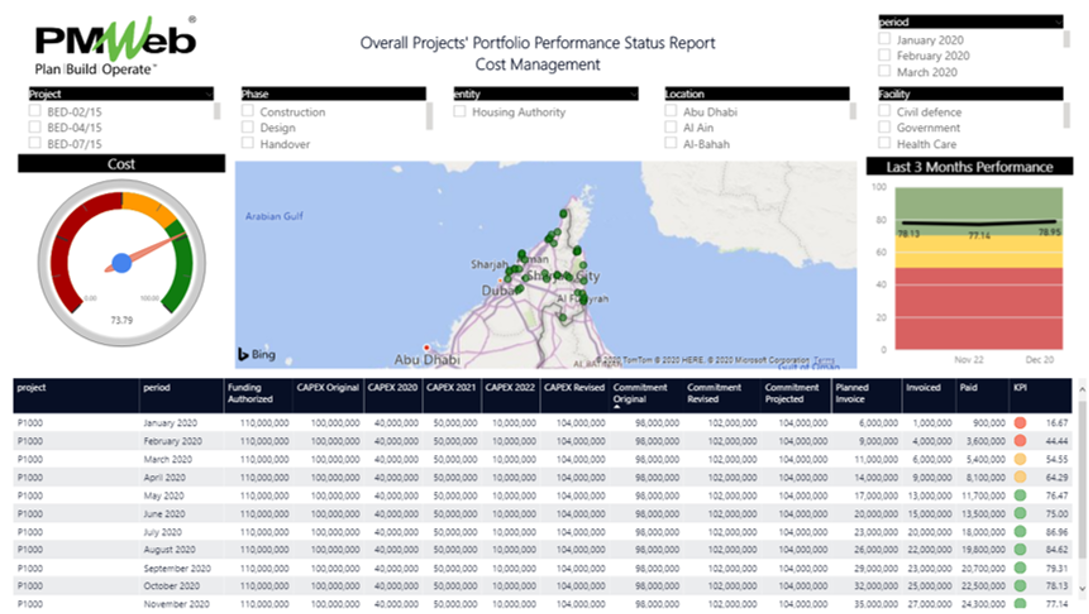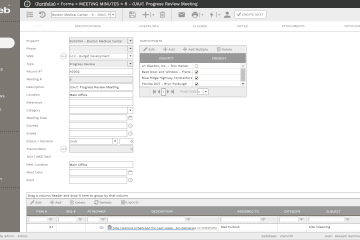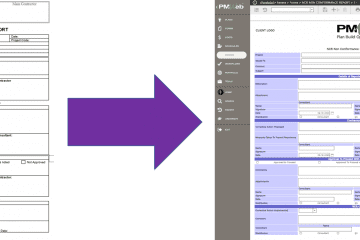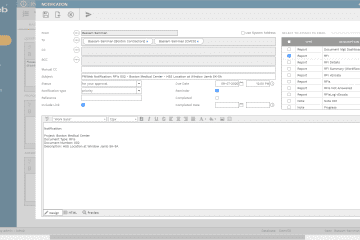A Project Management Information Systems (PMIS) like PMWeb tend to be used more by project owners and project management consultants (PMC) when it comes to delivering capital construction projects. The project owner, along with the PMC, will decide on the level of involvement that contractors and design and supervision consultants will have when it comes to using the PMIS. This will be achieved by determining the project management processes and the fields within those processes that they will be given access to and who will be the project team members who will be granted access to the PMIS. The project owner can also decide on when this PMIS access will be terminated for a contractor as well as others.
Although contractors will be required to channel all project communications using the PMIS specified and owned by the project owner, contractors should also understand the many benefits that a PMIS like PMWeb will bring for their document management, project management, site administration, and performance reporting effort. Also, PMIS solutions like PMWeb are enterprise solutions that mean that there is no limit to the number of projects, regardless of where they are located. A contractor can use the PMIS to manage their documents, records, and processes. This will enable the contractor to report the performance and progress status across the complete projects’ portfolio, benchmark the performance of tasks, share lessons learned and knowledge gained from the different projects managed in PMWeb.
To start with, the PMWeb document management repository allows the contractor to main an electronic version of every project record and document that they usually maintain in the project’s file room. Folders and subfolders with set access rights will be created to match the contractor’s filing structure, whether the filing structure was standard for all projects or specific for each project. For the uploaded documents, attributes and user-defined fields can be added to improve the management of and to report on those documents.
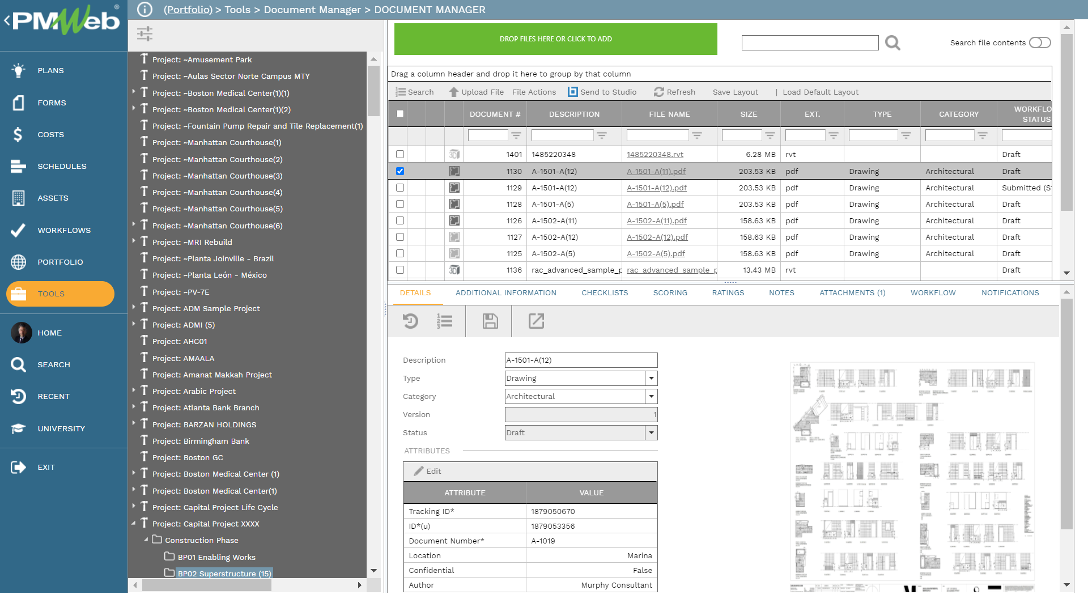
The uploaded documents can be viewed online and allow those who have access to PMWeb to add comments and remarks on the uploaded documents and records. PMWeb also allows searching and locating documents by the document file name and the content of a file. Also, email and online notifications can be added to notify the contractor’s team when new documents or versions of a document are uploaded or downloaded, as well as if they were deleted.
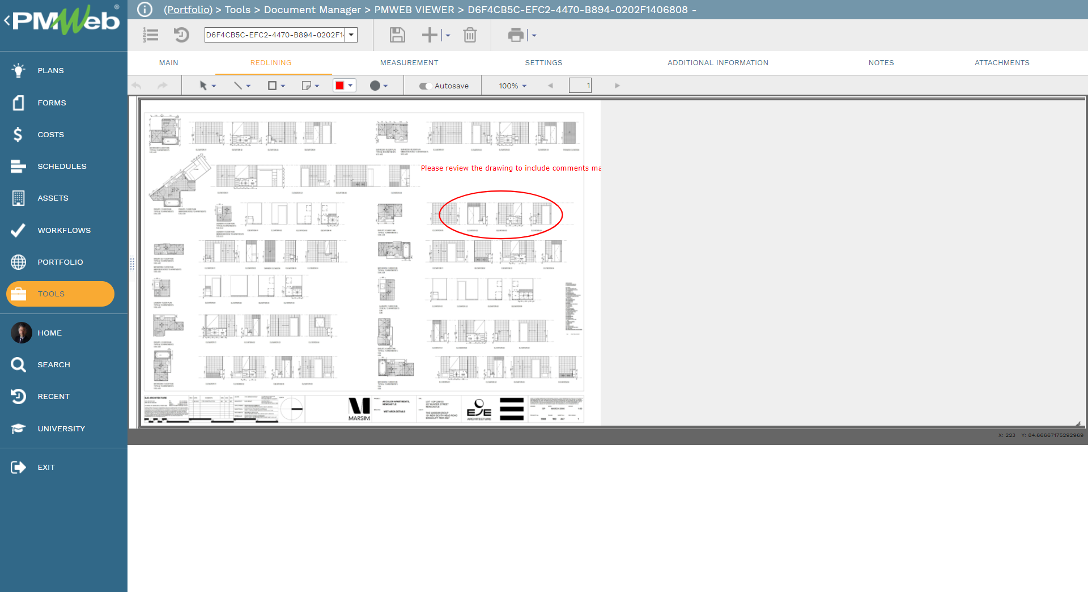
In addition, PMWeb will enable contractors to manage all processes that a contractor needs to manage on a project. Many of those processes like Request for Information, Safety Incidents, Daily Reports, Meeting Minutes, Submittals, Risk Register, and many others come ready as default PMWeb modules. All of PMWeb processes and documents can be accessed from any browser, anywhere and anytime.
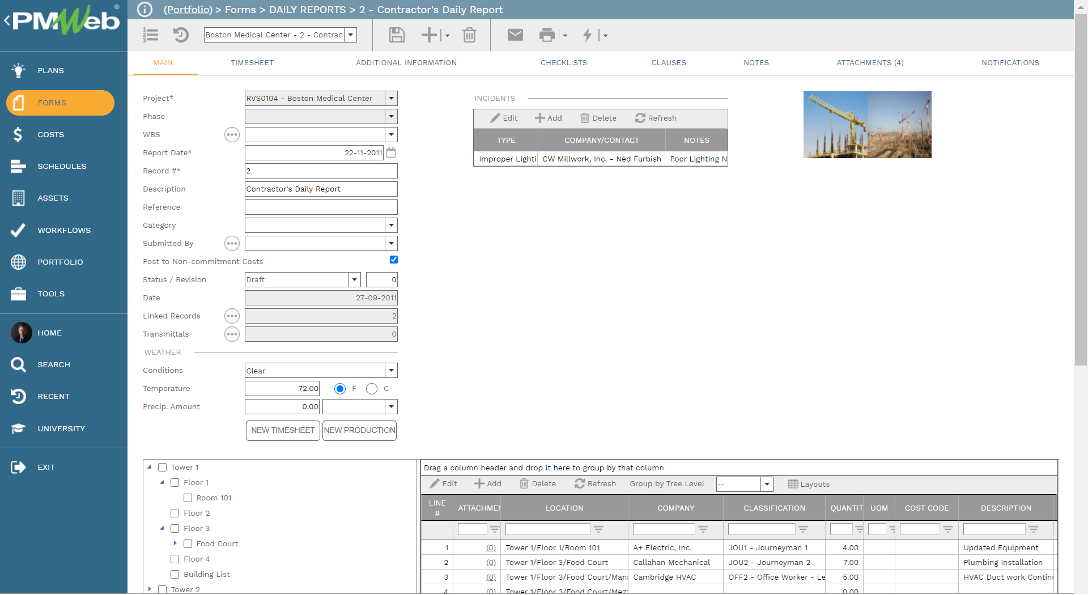
Further, PMWeb visual custom form builder provides the contractors with the wealth of creating an unlimited number of new templates to manage other processes. Those include, for example, Work Inspection Requests for each specification section, Permits to Work, Gate Passes, Claim Notices, Extension of Time (EOT) Request, Safety Violations, Do Not Walk By, Weekly and Monthly Progress Form, Safety Inspection, Non-Compliance Report, Value Engineering Proposal, Details of Disruption Events, Confirmation of Verbal Instructions (CVI), Baseline and Update Schedule Narrative among many others.
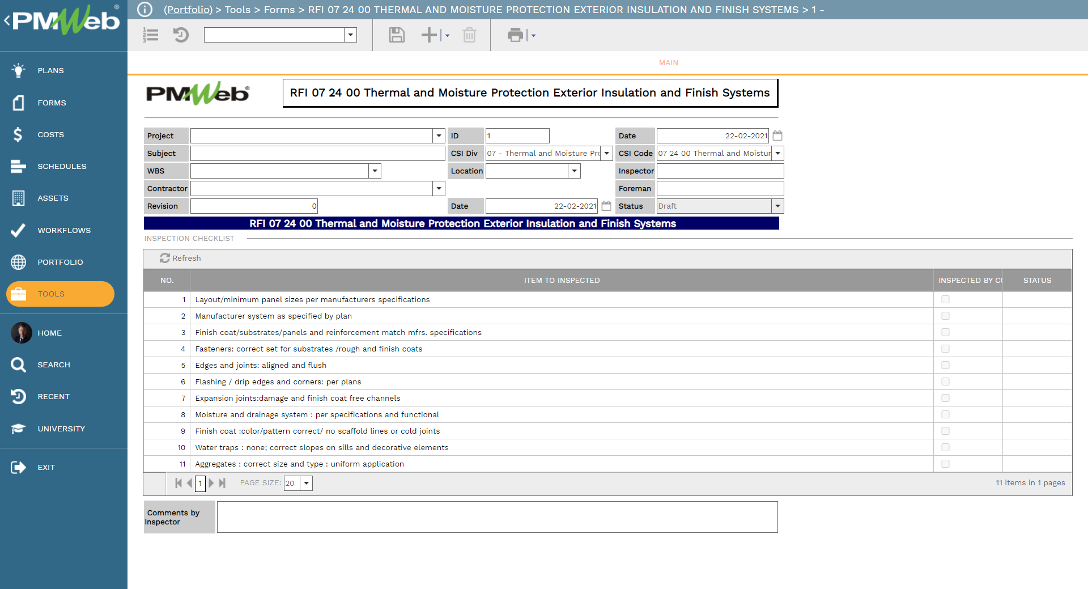
The custom form builder provides the contractor with the ability to create all checklists needed to audit the project management processes and verify that his team, subcontractors, and suppliers properly implement site management processes. Those could include, for example, HSE Audit Checklist, HSE Self-Assessment, Mobilization and Demobilization, Baseline Schedule, and Monthly Update Checklist, among many others.
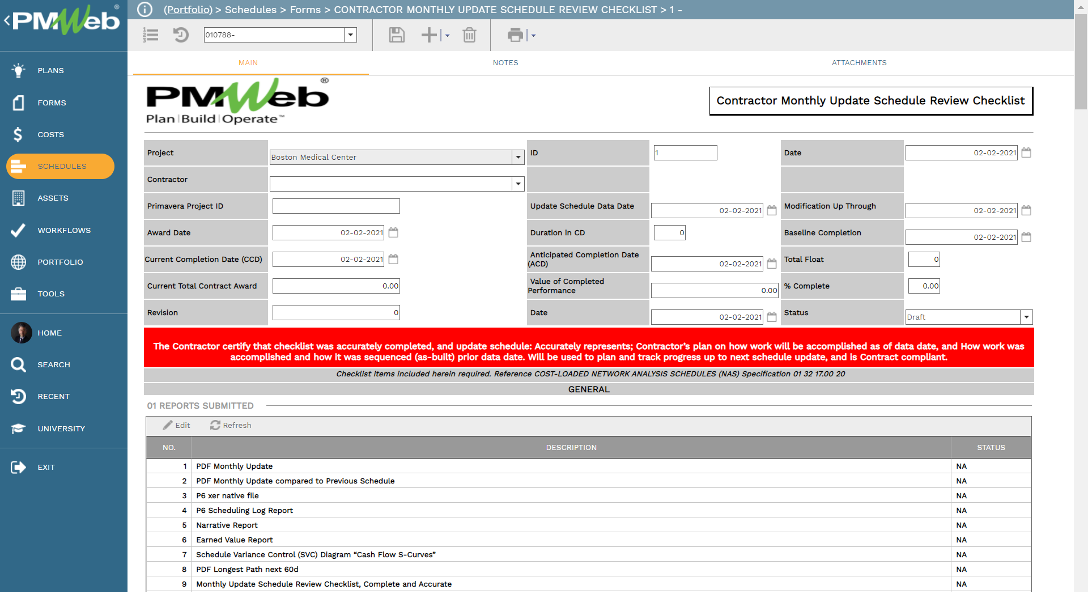
The advantages of using PMWeb custom form builder are not limited to creating a new site, quality, HSE, schedule, and other processes templates and checklists. Still, also it can be used to create letter templates for letters that could have contractual implications. This will ensure that those letter templates are written in a legally and contractually correct manner, aligned with the contract agreement subclauses, and eliminate the risk of subjective tone letters when it is left to be written by the project team who are part of the issue to be addressed. Those letter templates can also include checklists to ensure that they are adequately reviewed and approved before they are issued.
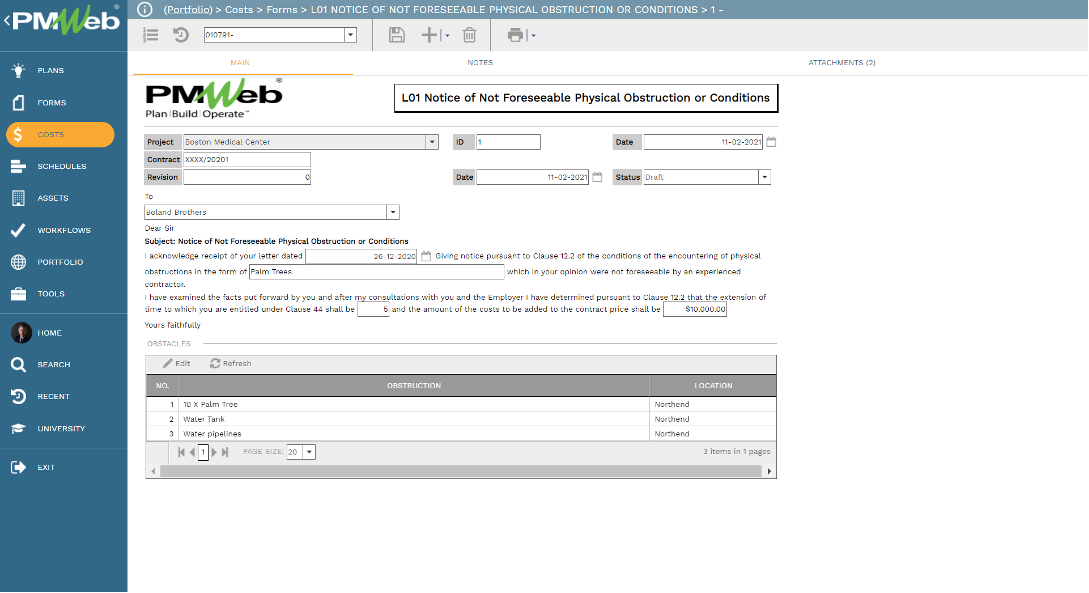
For each process managed in PMWeb, the attachment tab will be used to attach the supportive documents such as drawings, catalogs, certificates, test results, supplier prequalification, guarantees, operation and maintenance manuals, pictures of the mockup, among others. Photos and videos can be uploaded directly from smart devices like iPad when they are used to access PMWeb processes.
It is highly recommended that all supportive documents be uploaded and stored on the PMWeb document repository in their designated folder or subfolder. In addition, links to other transactions for the different project management processes can be added as well as links to imported MS Outlook emails.
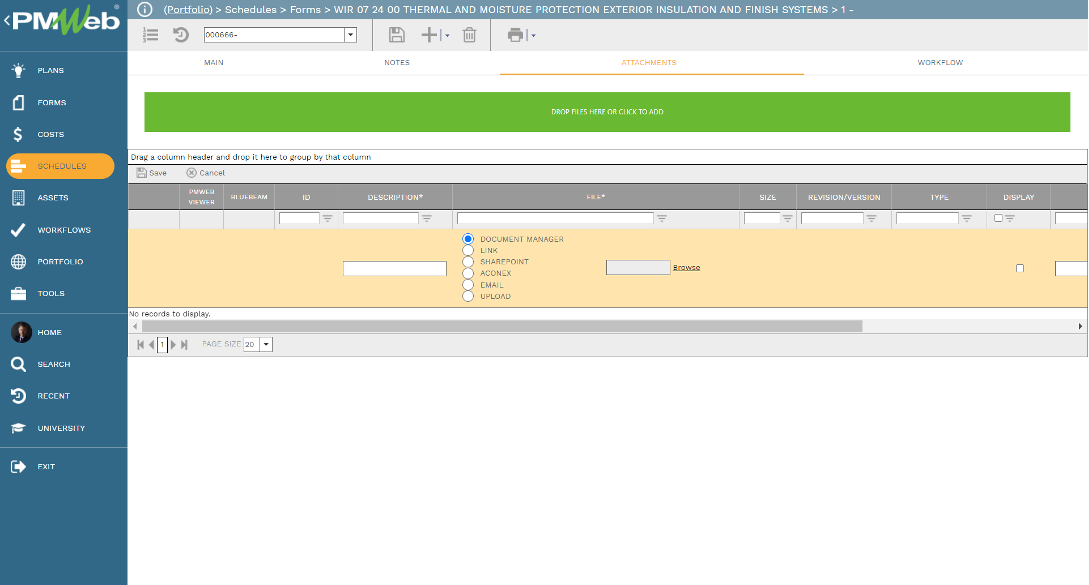
In addition, a workflow can be created and assigned to each process managed in PMWeb to map the sequence for the review and approval tasks and assign the role or project team member to each task and the duration of the task. Also, conditions can be added to each workflow to incorporate the approval authority levels associated with the workflow.
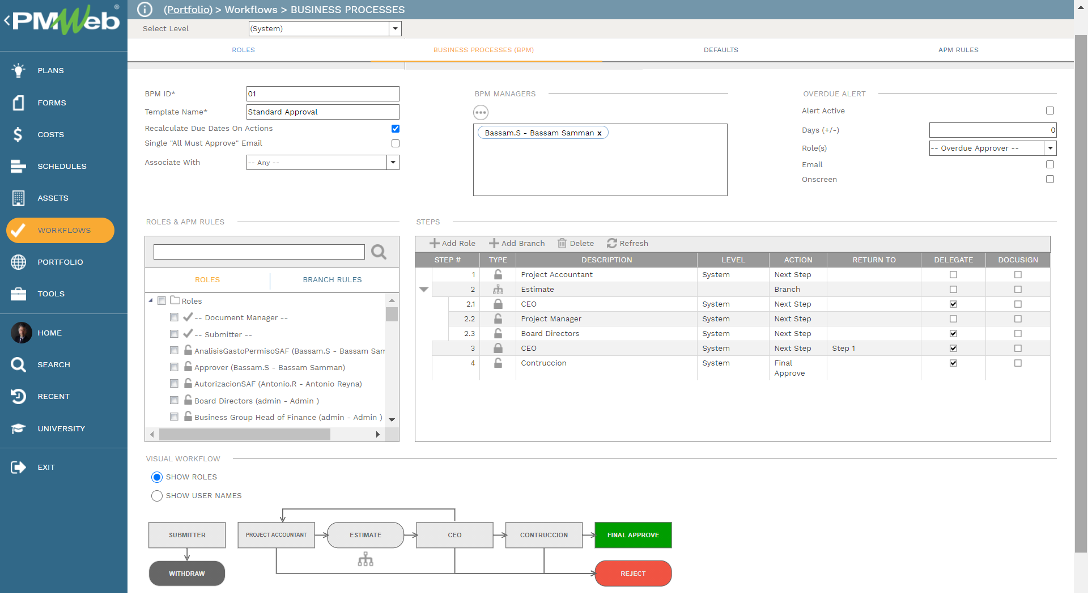
Many of those processes and letters generated by PMWeb need to be formally communicated with the different entities involved in delivering the project. Those could include the project owner, project management consultant, design consultant, supervision consultant, subcontractors, suppliers, among others. In addition to PMWeb ready-to-use output forms, a contractor can design their output forms, which could differ from one project to another even for the same process. The output forms can be designed to include hyperlinks to attached documents as well as a list of the workflow tasks status assigned to the process.
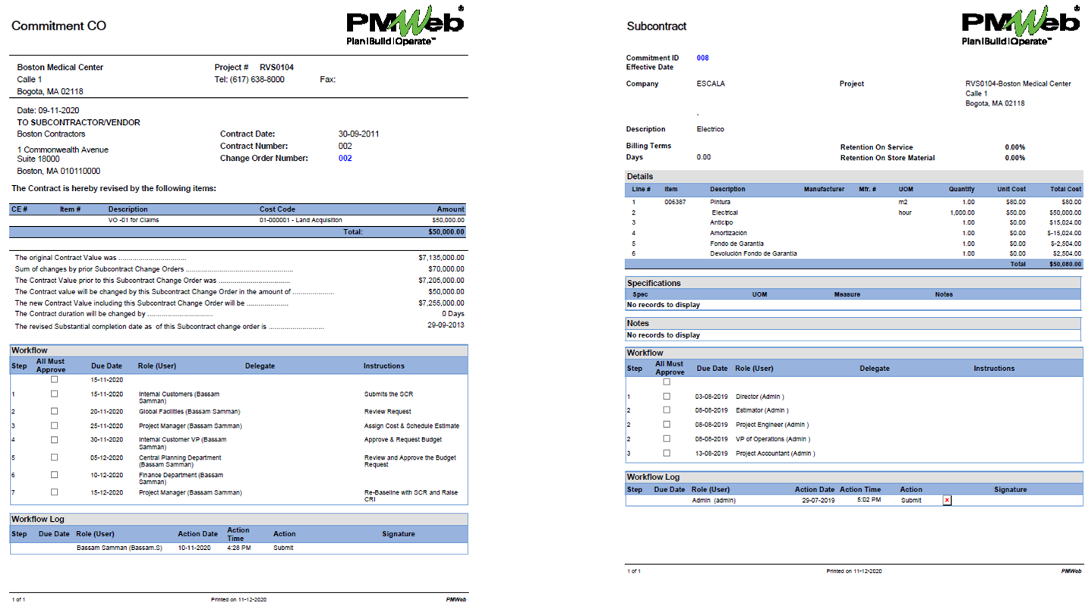
In addition, tabular and graphical reports can be generated to display the details of the different transactions associated with each managed process. Reports can also combine and report on other methods that could be interrelated, like contract management, where it combines data from contracts, potential change orders, change orders pending and approved progress invoices, and actual payments made. Reports can be for a single project or projects portfolio.
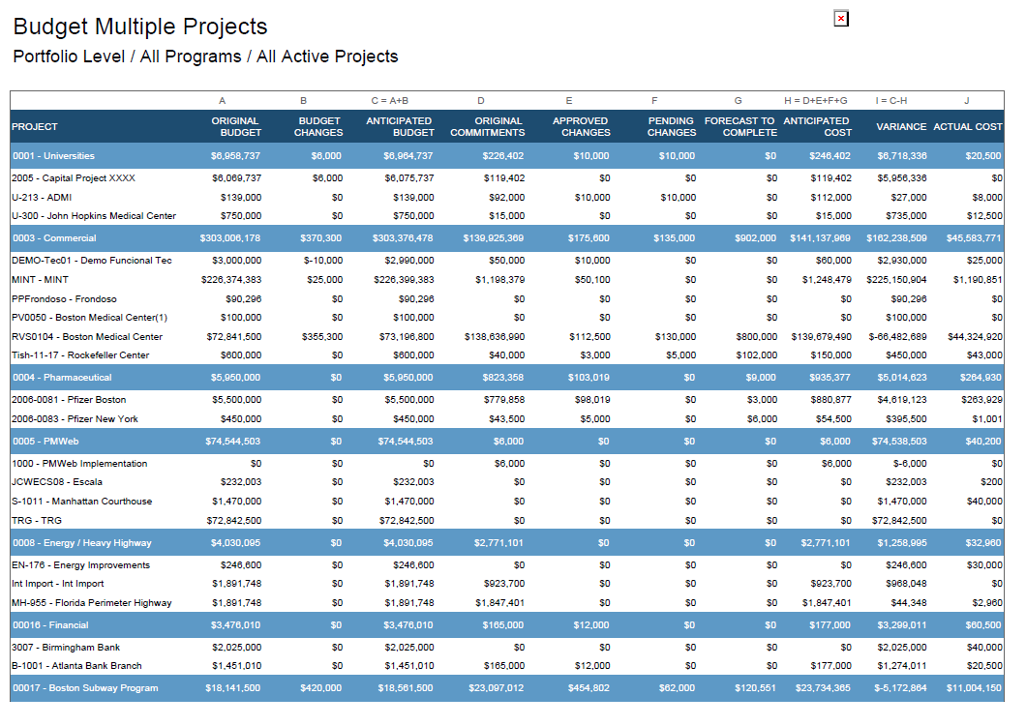
One of the ready-to-user PMWeb reports that are of interest to contractors is the workflow report. It provides the contractor’s project manager with a real-time report on all due and delayed workflow tasks assigned to the contractor’s project individuals, subcontractors, suppliers, among others. The sample “Workflow Inbox By Project” report is a sample of PMWeb ready-to-use reports where the workflow tasks can be grouped by role, business process, and project. The report can be configured to display delayed tasks in Red, due tasks in Yellow, and those are not scheduled in Green. The report can also include visuals to summarize those workflow tasks by status, role, business process, among others.
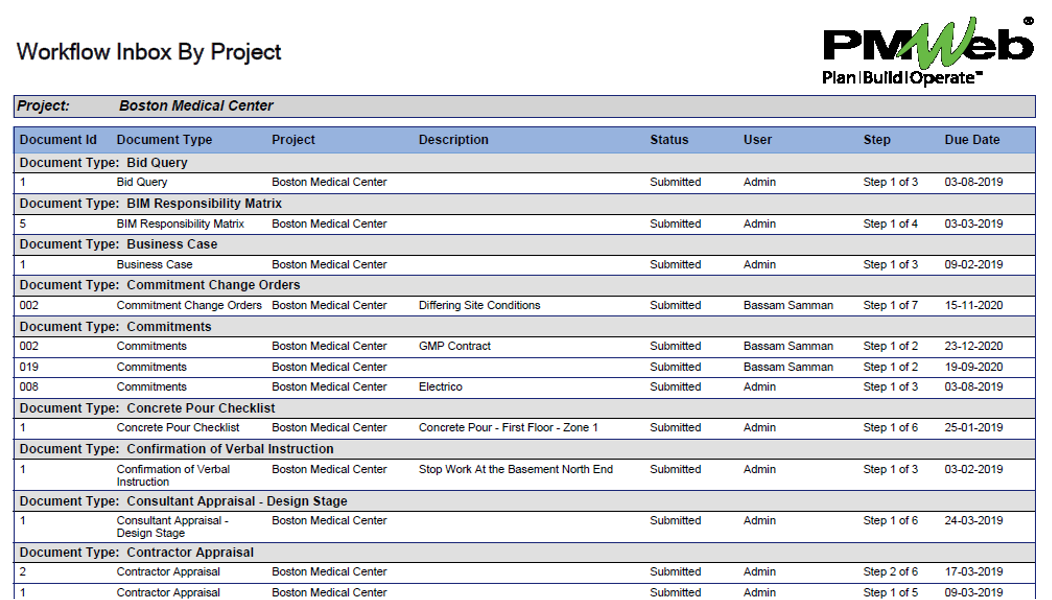
The growing use of business intelligence and data visualization tools like MS Power BI will also enable the contractor to create interactive reports and dashboards. The dashboard will use the PMWeb database to allow the project to stakeholders to visualize the real-time, single version of truth information of the data captured from the different project management processes managed in PMWeb.
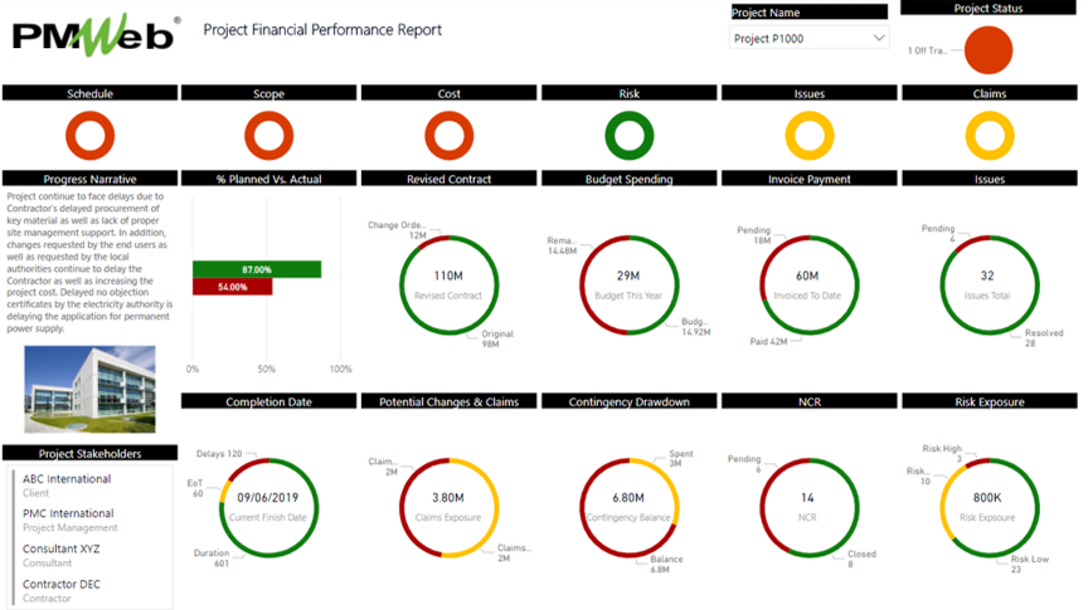
One of MS Power BI’s critical advantages is that it enables to associate multiple data sources, such as BIM data and PMWeb PMIS data, by ensuring that similar data field names are used on those applications. For instance, ff there is a requirement to visualize the procurement scope of work on the BIM model, the PMWeb commitment module will capture all current and planned purchase orders. The purchase order will include details of the project, supplier name, method of shipping, etc. whereas the LPO detailed section will have components of all items to be procured such as quantities, unit of measure, and others, including the object ID and the Category Name.
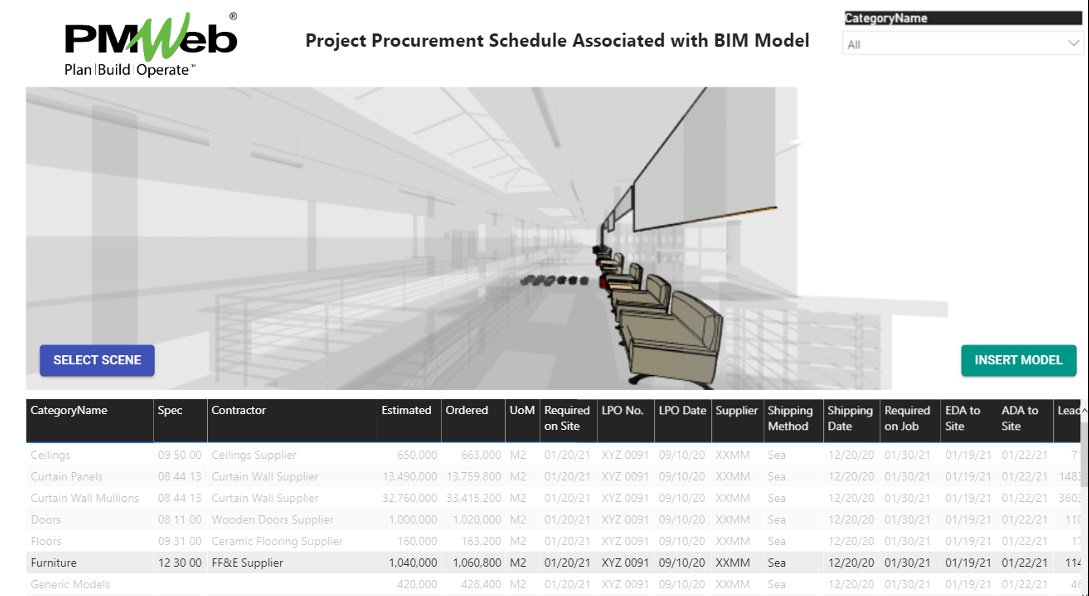
Contractors can also use MS Power to report the performance of the contractor’s portfolio or a program of projects. MS Power BI will create a consolidated dashboard that provides a summary of the key performance indicators (KPI) for each one of those projects. Those could include schedule, cost, quality, HSE, and other measures needed by the project stakeholder for which they are managed using PMWeb. Nevertheless, what is important in this portfolio dashboard is that in addition to the tabular and graphical visuals, there is a map visual that will be used to detail the location of each project as per the latitude and longitude values captured for each project in PMWeb. The data displayed in the projects’ portfolio dashboard can be filtered to select a specific program or specific projects. The dashboard can be configured to allow drilling down to each particular project dashboard.
